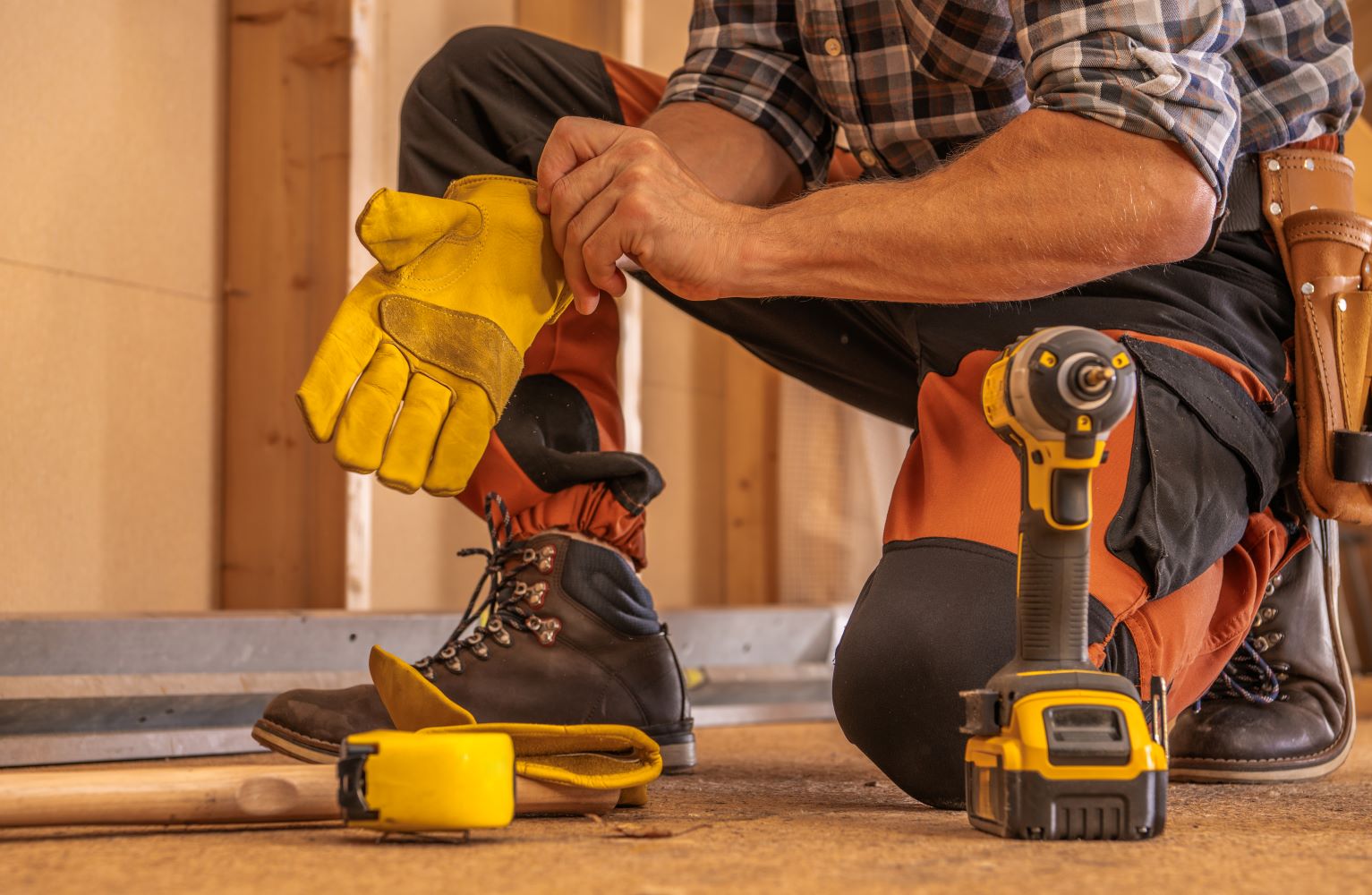
From protective eyewear and gloves to respiratory protection and sturdy footwear, this guide emphasizes the importance of equipping oneself with the necessary safety gear. Additionally, it emphasizes safe tool usage and maintaining a hazard-free work area to minimize the risk of accidents and injuries.
Embarking on DIY projects can be both rewarding and fulfilling, but it’s crucial to prioritize safety at all times. From using power tools to handling hazardous materials, DIY enthusiasts face various risks in their endeavors. In this article, we’ll discuss essential safety gear and practices that every DIY enthusiast should adhere to in order to ensure a safe and enjoyable experience.
One of the most important pieces of safety gear for DIY enthusiasts is protective eyewear, such as safety glasses or goggles. These items shield your eyes from flying debris, dust, and harmful chemicals, reducing the risk of eye injuries. Additionally, wearing gloves can protect your hands from cuts, abrasions, and chemical exposure while working with tools and materials.
When working with certain materials, such as paints, adhesives, or insulation, it’s essential to protect your respiratory system from harmful fumes, dust, and particles. Invest in a quality respirator mask that provides adequate filtration and fits snugly over your nose and mouth. This will help prevent inhalation of harmful substances and safeguard your respiratory health.
Repeated exposure to loud noises, such as those produced by power tools, can lead to hearing damage over time. To protect your hearing, wear earplugs or earmuffs while operating loud machinery or tools. This simple precaution can help preserve your hearing and prevent long-term hearing loss.
Proper footwear is often overlooked when it comes to DIY safety, but it’s essential for preventing injuries from falling objects, sharp tools, or uneven surfaces. Opt for closed-toe shoes or boots with slip-resistant soles to provide stability and protection while working on projects. Avoid wearing sandals or open-toe shoes, as they offer little to no protection against potential hazards.
In addition to wearing protective gear, it’s crucial to use tools safely and responsibly. Familiarize yourself with the proper operation and maintenance of each tool before using it, and always follow manufacturer guidelines and safety instructions. Keep tools clean, sharp, and in good working condition to minimize the risk of accidents or malfunctions. When not in use, store tools properly to prevent tripping hazards and unauthorized access.
Maintaining a safe work area is essential for preventing accidents and injuries during DIY projects. Keep your workspace clean, organized, and free of clutter to minimize the risk of slips, trips, and falls. Use proper lighting to ensure visibility, especially when working in dimly lit areas. Additionally, be mindful of electrical cords, sharp objects, and other potential hazards in your workspace, and take steps to address them promptly.
Safety should always be the top priority for DIY enthusiasts. By wearing essential safety gear, practicing safe tool usage, and maintaining a safe work area, you can minimize the risk of accidents and injuries while enjoying the satisfaction of completing DIY projects. So remember to prioritize safety at all times, and may your DIY endeavors be both productive and injury-free.

fixit@domain.com
+12 3456 7890